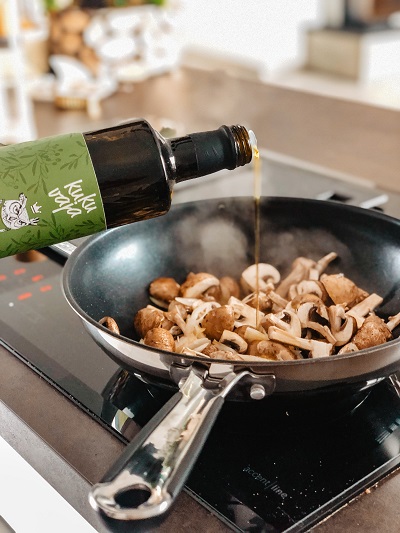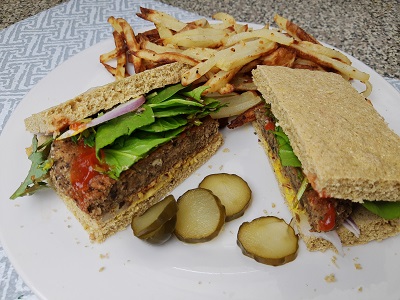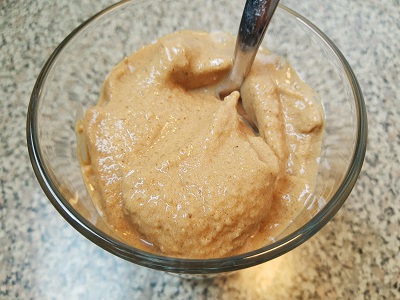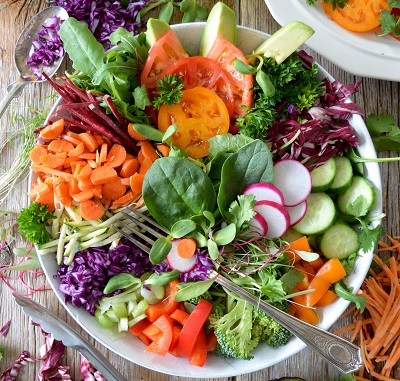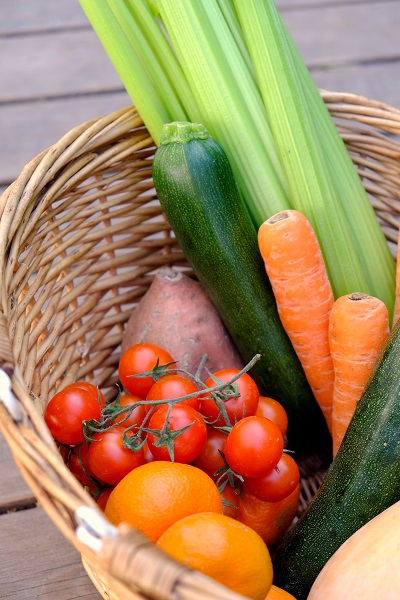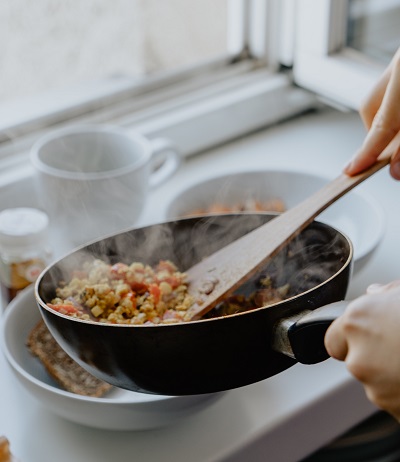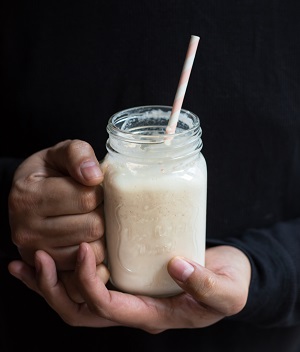Homemade Ketchup (No Refined Sugar)
I found this recipe at detoxinista.com. I didn’t change much, but I didn’t follow the boiling water technique for soaking the dates since my dates were already very soft and I used a Vitamix to blend the ingredients. Here are the changes I made to the recipe because I didn’t want it as sweet or […]
Continue Reading
